Time:2024-07-20 Click:122
在购买任何代币之前,你必须检查其代币经济学。这是做出明智投资决策和避免情绪化、炒作驱动购买的关键一步。
什么是代币经济学?
代币经济学涵盖了数字资产生态系统的所有关键特征,这些特征使其对投资者具有价值。这包括供应、分配、效用等经济特征,这些因素确保了持续使用和投资。如果您想进行合理的中期或长期投资,分析代币经济学是基础,而不是可选项。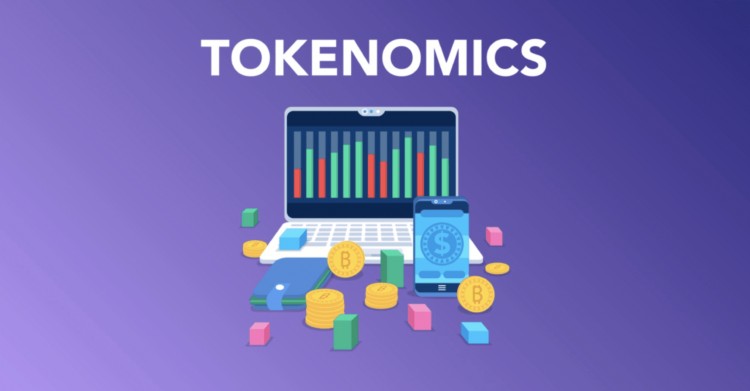
代币经济学的关键因素
理解和评估以下指标将帮助您做出明智的决策:
- 分配
- 分配
- 代币生成事件(TGE)
- 流通供应
- 市值
- 总供应量
- 全面摊薄价值(FDV)
- 克里夫
- 归属
- 要求
让我们通过看涨和看跌的例子来分析每个因素。
分配
分配 是指代币如何在不同方(例如团队成员、投资者、顾问和社区)之间分配。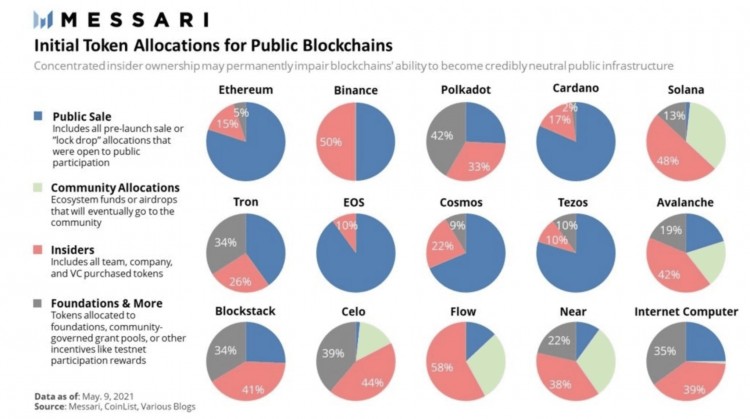
- 乐观示例 :一个项目将很大一部分资金分配给生态系统发展和社区激励,确保积极参与和增长。
- 看跌示例 :很大一部分分配给团队、投资者和顾问。
分配
分发 是将代币发放或出售给参与者的过程,包括通过空投、销售或奖励。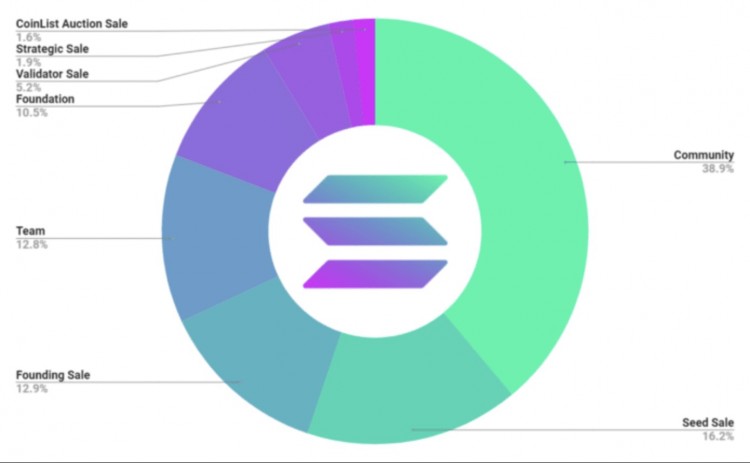
- 看涨示例 :公平的分配机制,例如对活跃社区成员的空投和公开销售。
- 看跌示例 :分配不公平,例如为内部人员保留的大量预挖矿,导致不信任和缺乏采用。
代币生成事件(TGE)
TGE 是创建代币并分发给投资者和利益相关者的事件。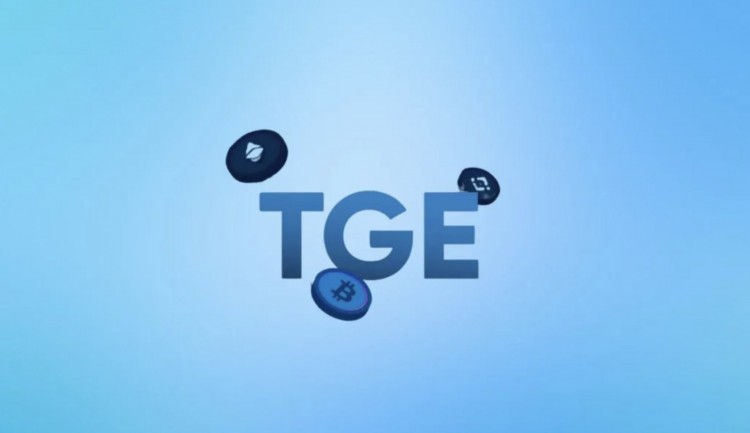
- 看涨示例 :一家知名度高、拥有上市和战略合作伙伴关系的 TGE 可以引发极大兴趣和初始市场势头。
- 看跌示例 :执行不力且缺乏透明度的TGE可能导致投资者信心低迷和市场表现疲软。
流通供应量
目前市场上可用且在投资者中流通的代币数量。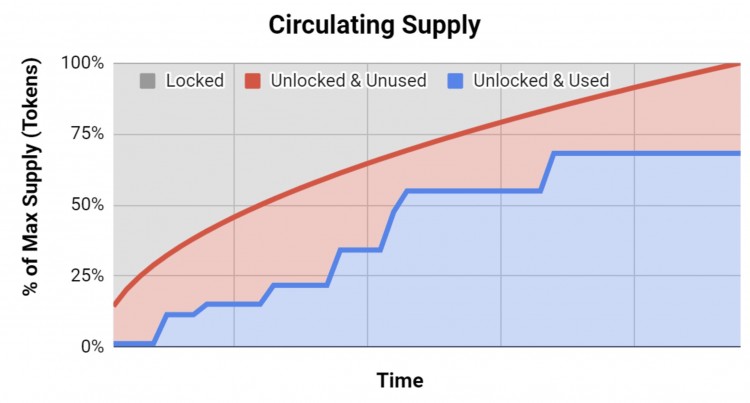
- Bullish Example: A project with a controlled and near 100% circulating supply can maintain price stability or slowly increase circulating supply allocated to ecosystem development.
- Bearish Example: Linear or rapid increases in circulating supply due to unlocked tokens can lead to significant price drops and sell pressure.
Market Cap is calculated by multiplying the circulating supply by the current price of the token.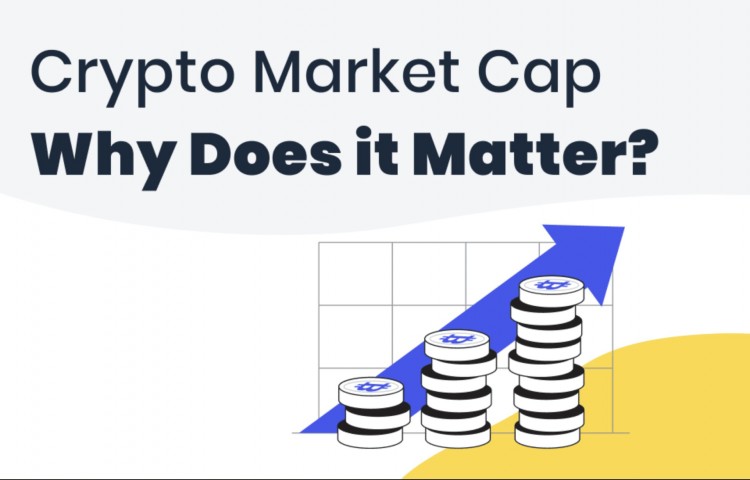
- Bullish Example: A steadily increasing market cap indicates adoption and interest from holders.
- Bearish Example: A high market cap without substantial usage or development progress can be a sign of overvaluation.
The total number of tokens that will ever be created, including those not yet in circulation.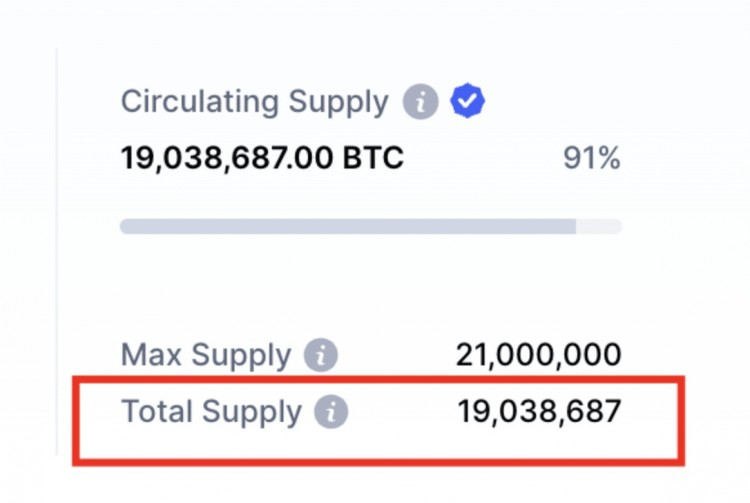
- Bullish Example: A limited total supply can create scarcity, potentially driving up value as demand increases.
- Bearish Example: Unlimited total supply or the possibility to increase by minting, etc.
FDV is the market cap assuming all tokens (total supply) are in circulation.
- Bullish Example: A low FDV relative to the current market cap can indicate potential for growth as more tokens are released.
- Bearish Example: A high FDV compared to the current market cap may suggest overvaluation and future sell pressure.
A cliff is a period during which tokens cannot be sold or transferred. Once the cliff period ends, tokens are gradually vested.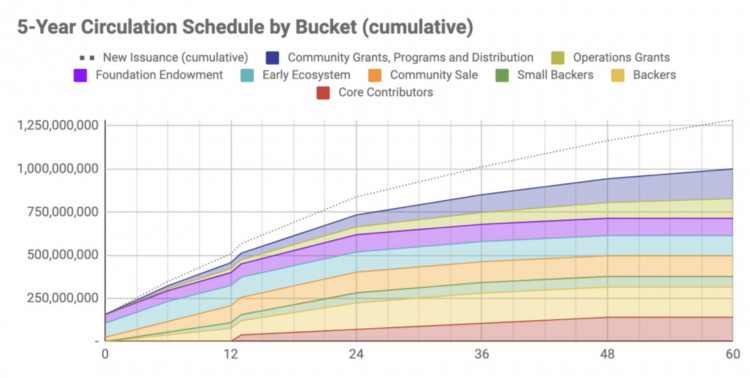
- Bullish Example: A long cliff period for team tokens can align the team’s incentives with the long-term success of the project.
- Bearish Example: Short cliff periods may lead to team members selling large amounts of tokens shortly after the period ends, causing price drops.
Vesting is the process of gradually releasing tokens over a period of time.
- Bullish Example: Gradual vesting schedules for team and advisor tokens can ensure long-term commitment and reduce sudden market dumps.
- Bearish Example: Ineffective vesting schedules that release too many tokens too quickly can lead to heavy selling pressure and price declines.
But remember the basic principle: the token will only grow if there are more buyers than sellers. The following factors can influence the increase in demand: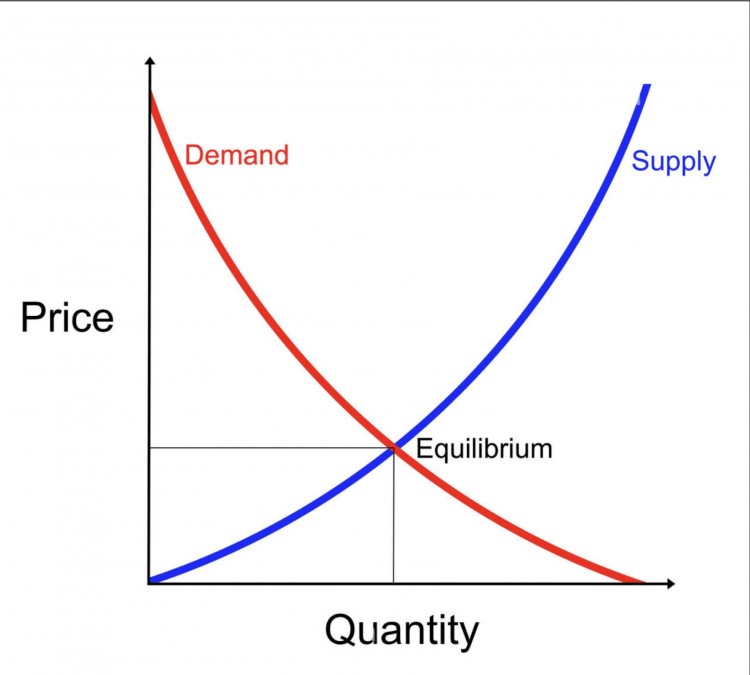
- Store of Value: Many people buy crypto to store their wealth or make long-term investments. As Barry told us: "It's not about speculation, it's about storing the value."
- 社区 :积极的支持者提供宝贵的反馈,传播意识并推动采用。始终关注社区情绪。
- 实用性 :具有实际用途的代币可促进采用,增强生态系统参与度并实现可持续增长。这不仅仅是持有;而是使用并从技术中受益。
结论
了解这些代币经济学因素可以深入了解加密货币项目的潜在长期可行性和稳定性。在评估新投资时,请务必进行自己的研究并考虑这些因素。
---
通过评估这些方面,您可以做出明智的决定,无论是公开出售、场外购买还是任何其他类型的投资。请记住,炒作是暂时的;代币经济学才是根本。